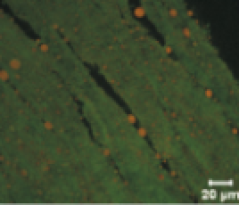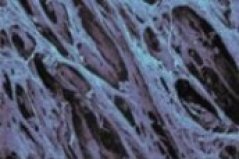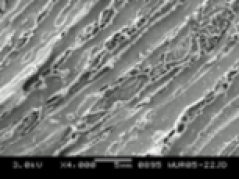
Project
Texturization of Plant Proteins by Shear Flow Technology
Background
To feed the growing world population new protein-rich food needs to be developed. So far, one of the major sources of protein is meat. However, a high demand for animal protein foods would cause serious environmental problems. To create a successful alternative for meat, we need to develop a plant protein-based substitute with a good texture. Formation of meat analogues with a fibrous texture is a real challenge. So far, only three techniques to structure foods are known: extrusion, spinning and mixing, but those processes do not satisfactorily structure the plant proteins into fibers on a small length scale.




Objective
This project aims at developing a new structuring method devoted to texturize plant proteins. The technology will be based on simple shear flow. Different vegetable proteins will be used to create insoluble complexes, which could be ordered upon flow in an anisotropic structure. The ultimate aim is to understand the underlying structuring mechanisms that leads to anisotropy in concentrated protein systems.
Approach
In this research, the concentrated mixtures of vegetable proteins and polysaccharides will be processed using shear cell device. For biopolymer mixtures composed of at least one gelling component, flow processing presents a possibility of producing anisotropic morphology by kinetically trapping deformed structures through gelation. The challenge is to match the rate of structure formation due to shear flow with the rate of gelation. In addition, the effect of concentration of the matrix will be tested.
BSc/MSc thesis
If you think that this project sounds interesting or you want more information, feel free to contact me.